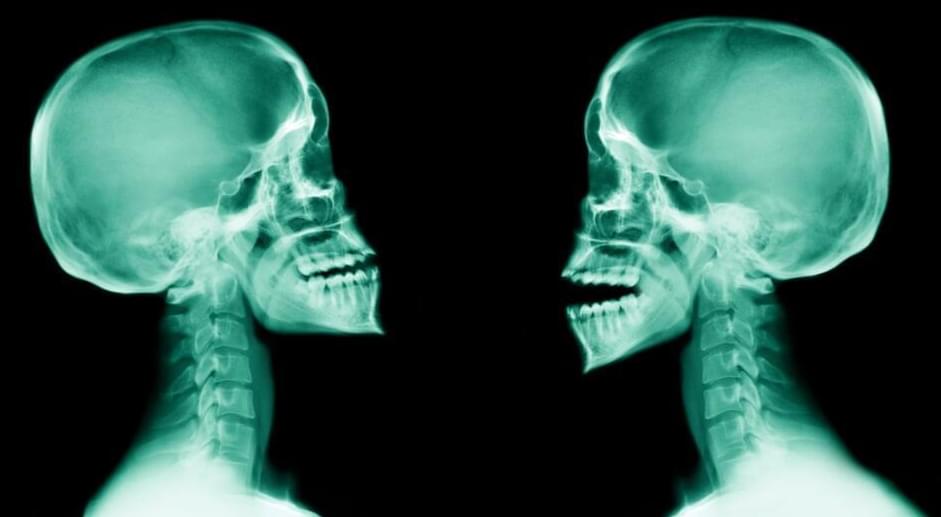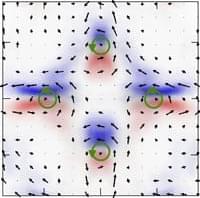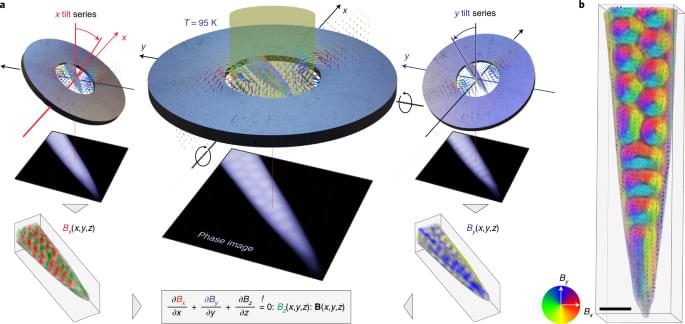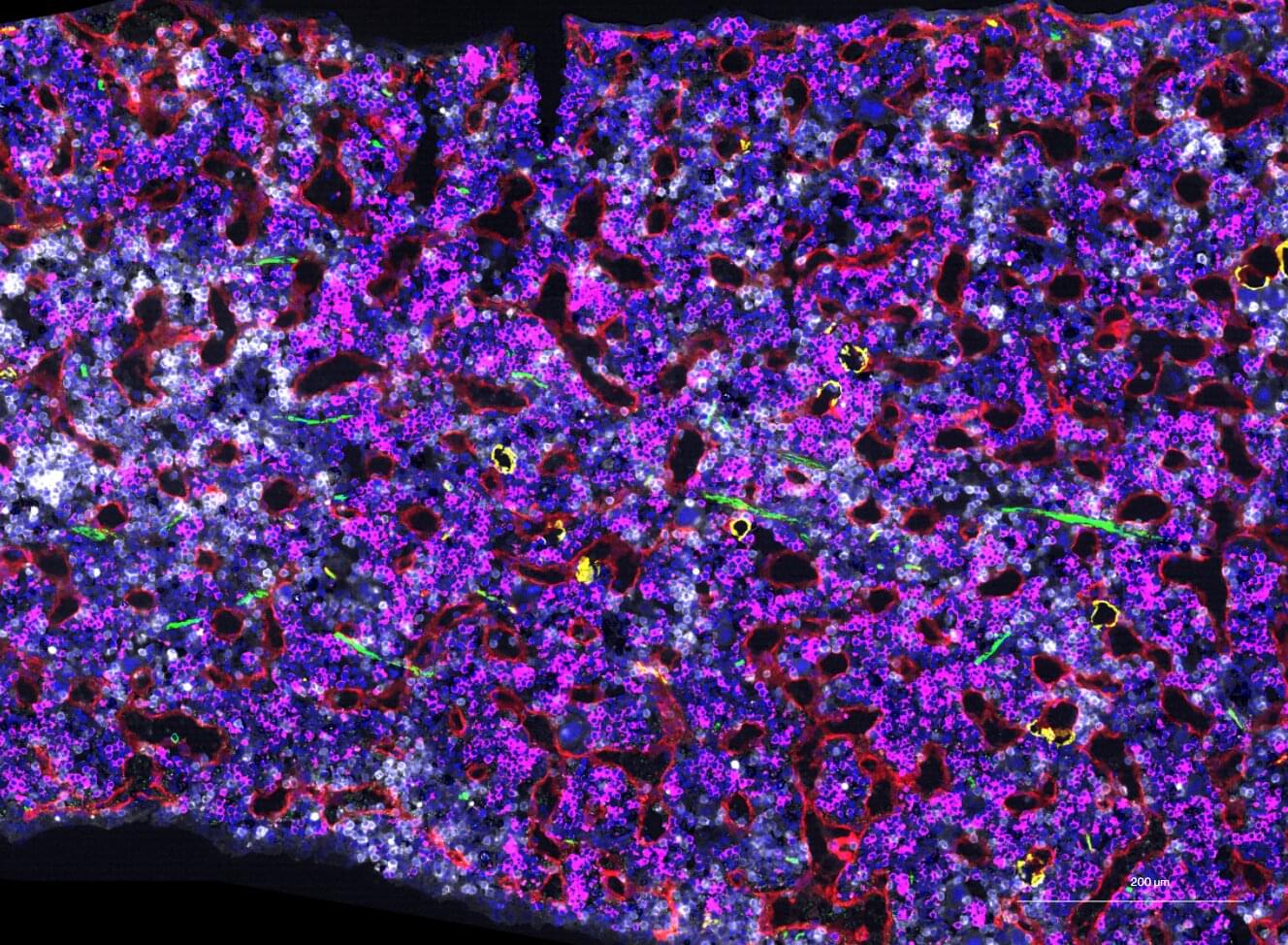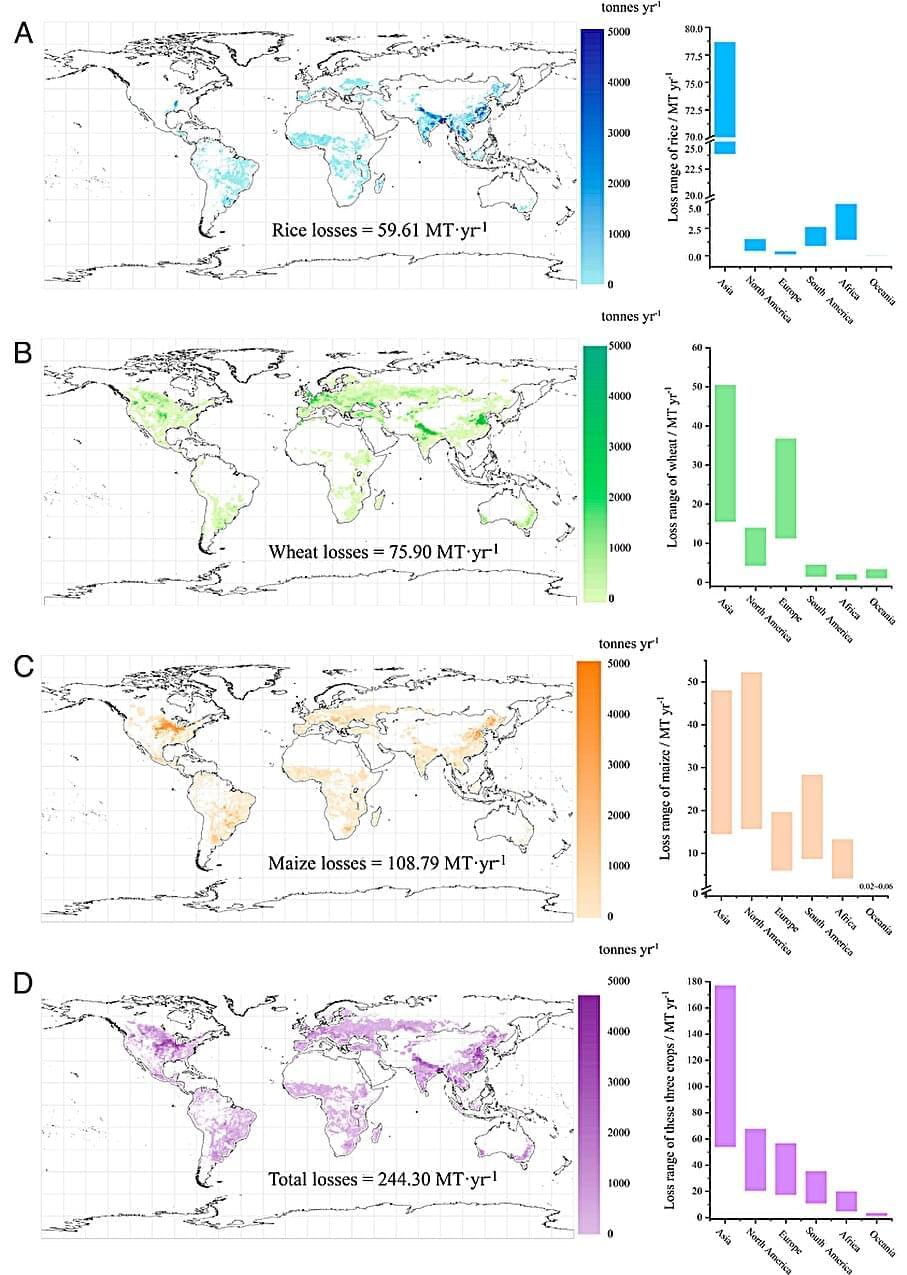ServiceNow, which provides businesses with outsourced IT and customer service support as well as other digital services, said it was buying the business process automation company Moveworks for $2.85 billion in cash and stock. The Santa Clara, California-based ServiceNow framed the acquisition around the burgeoning market for AI agents that can perform digital tasks for people, often involving the use of other software.
The company is among a clutch of competing software giants, including Salesforce, Microsoft, and Alphabet’s Google, that are building platforms that enable companies to automate work with AI agents. ServiceNow said the purchase would allow it to combine its own agentic AI and automation capabilities with Moveworks’ AI assistant, as well as Movework’s prowess in providing AI-based search tools that allow organizations to find information within their own large data pools.
Gina Mastantuono, ServiceNow’s president and chief financial officer, told Fortune that while ServiceNow’s AI agents primarily automate specific back-end tasks, Moveworks had built an elegant front-end AI assistant that can perform a wide range of different tasks.
The same interface works for both people requesting a task to be fulfilled and for the people who are normally responsible for fulfilling those requests. More than 90% of the customers that use Moveworks’ AI assistant have rolled it out to their entire workforce—a reach into the employee base that Mastantuono said was attractive to ServiceNow.
The combined companies would be able to build what ServiceNow said would be a powerful universal AI assistant, along with more perceptive AI-based enterprise search to find answers to requests, automate and complete everyday tasks, and increase productivity.
(https://open.substack.com/pub/remunerationlabs/p/servicenow-…hare=true)
